البراند كقوة ناعمة: من ثقافة الموظف إلى سلوك المجتمع / Brand as a Soft Power
مرسلة بواسطة hardthinker الثلاثاء، ٨ يوليو ٢٠٢٥ في ١:٠٨ م
الاستثمار في الانهيار / كيف نبني إمبراطورية من هوس الشراء؟
مرسلة بواسطة hardthinker الجمعة، ٢ مايو ٢٠٢٥ في ٨:٠٦ ص
لم يعد الأمر خافياً لمن يبحث أو يقرأ قليلاً بأن صناعة الموضة يقف ورائها سيلاً من هدر موارد وكرامة وحقوق!
فخط إنتاج الموضة يعمل كثقب أسود من عمالة غير مدفوعة الأجر ومن هدر موارد، ومن إعدام لكثير من المنتجات للحفاظ على سعر المنتج، ولإبقاء ذلك الشرَه في الجمهور دون انقطاع، وكأنها دائرة لا تنتهي، من تقديم تصور لموضة وترويج لها، ومن بعدها تعزيز ذلك في سلوكيات الناس، ليتم الشراء دون وعي، ويتم الإعدام لكثير من المنتجات لتصدير أخرى وهكذا تستمر دائرة الهدر دون انقطاع.
ما تقوم به SHEIN وغيرها ممن تعمل على شاكلتها في مجال الأزياء خصوصاً هو واقع حقيقي للتخمة التي يُراد لها الاستمرار كي لا تتوقف عجلة الصناعة في مثل هذه العلامات، فكل ما تشتهيه تشتريه، ليزداد الطلب وتُستهلك الموارد من طاقة وماء وجهد بشر، ونُرجع للطبيعة كارثة أخرى غير الاستنزاف وهو الهدر والتلوث.
فلم تعد الملابس ستراً فقط، بل تحولت لتمييز طبقي، وبعدها تحول الأمر إلى تفرّد يُسعى إليه، حتى وصلنا لمرحلة أننا نهدر مواردنا لأجل رغبة عارمة في عمر قصير لموضة، لتختفي وتأتي من بعدها موضة، وهكذا تستمر عجلة الانهيار من أجل رغبة لا حاجة، وهوس لا ضرورة، وتكون صناعة الملابس مساهمة في استمرار هضم حقوق عمال، وذوبان للقيم الإنسانية الأصيلة.
فنحن عندما نشتري هذه الملابس وبهذه المنهجية التي تم العمل عليها، فإننا ننفق في الانهيار لقيمنا كبشر، عندما يكون الهدر مجرد خطوة “لا بد منها” لأجل ما نرغب ونشتهي.
للعلم فإن كلاً من شركتي H&M and Zara كانتا على نفس المنوال وبعد ضغوط تسعيان لتعديل أمر خط الموضة السريعة المستهلك للطاقة والمدمر للبيئة، ولا أعلم وفقاً لما اطلعت عليه إن كان الأمر صحيحاً لهاتين الشركتين.
وفقًا لبرنامج الأمم المتحدة للبيئة، تساهم صناعة الأزياء بنسبة 10% من انبعاثات الكربون العالمية سنويًا، وهي نسبة تتجاوز مجتمعة انبعاثات الرحلات الجوية الدولية والشحن البحري. (١) تخيّل؟!
لنعلم أن الأزياء السريعة هي دورة من الاستخراج والإنتاج والتلوث والالقاء ويتم تقديمها على أنها خيار، وكأن الأمر لا مفر منه، في حين لو نظرنا لنماذج أخرى مثل Patagonia (٢)، لرأينا كيف أمكنها استخدام المواد المستدامة وتوظيف كرامة الإصلاح وإعادة الاستخدام والاهتمام بالمسؤولية الاجتماعية، فضلاً عن وجود الاعترافات والشهادات بما فيها شهادة B Corp إلى جانب مبادرة ١٪ من أجل الكوكب.
الخيارات متوافرة فيما ننفق ونشجع على أي مسار تكون الصناعة، صناعة هدر أو صناعة استدامة. فلا يمكننا الاستمرار في الاحتفاء بمثل هذه الإمبراطوريات المبنية على الاستغلال ويتم الترويج لها على أنها ابتكار!
ليس الأمر بمقتصر على شركة صينية هنا أو شركة أمريكية هناك، إنما الأمر على كل شركة تهدر الموارد وتساهم في تشكيل وعي سلبي لما نلبس، وعلينا كجمهور واع أن نقف أمام هذا الانهيار في هوس الشراء مهما كان مصدره، لنكون ممن يساهم في استدامة الموارد والمحافظة على عليها، دون ذلك الإسفاف من صنّاع الموضة السريعة ولا من جمهور يتماشى مع ما يتم التقدمي له دون وعي أو شعور بمسؤلية حقيقية.
ما بين تخمة تلك الإمبراطوريات وسهولة الوصول لها عبر التجار لهامش ربحهم وبين جمهور يسعى لارتداء ما أوهموه أنه موضة، تكون الحلقة مستمرة بين أولئك الثلاثة، ويبقى الرهان أولاً وأخيراً على الجمهور الذي يشتري بوعي حقيقي للمحافظة على الموارد من خلال سلوكه الشرائي ولإيقاف ماكينة الهدر وبناء امبراطورية النفايات.
ولعلنا نبدأ بصناعة ما يستر أجسادنا، فالأمة التي تلبس ما لا تنسج وتأكل ما لا تزرع، أمة مستهلكة وبها ضعف لا يمكن إغفاله.
الصورة ليست مبالغة، وإنما حقيقة لا يُراد لها الظهور للعلن.
تم تخيل هذا العمل بواسطة Emanuele Morelli باستخدام أداة التصميم بالذكاء الاصطناعي Midjourney
(١) https://earth.org/fast-fashion-and-emissions-whats-the-link/?utm_source=chatgpt.com
Designing Brand Success..The Trifecta of PCD, HCD, and MCD
مرسلة بواسطة hardthinker الجمعة، ١ مارس ٢٠٢٤ في ١١:٤٥ م
In today's competitive market landscape, businesses are constantly seeking ways to stand out and create a distinctive presence.
One approach gaining significant attention is the integration of Human-Centric Design (HCD), Product-Centric Design (PCD), and Market-Centric Design (MCD) into their brand strategy.
This article explores the significance of each design approach and how they collectively contribute to achieving the 3A's: Awareness, Adoption, and Advocacy. By delving into the principles of HCD, PCD, and MCD, businesses can enhance their brand visibility, drive customer engagement, and foster long-term loyalty and advocacy. Additionally, we'll discuss the application of the ASEES methodology to ensure that brand strategies are structured, aligned, and sustainable.
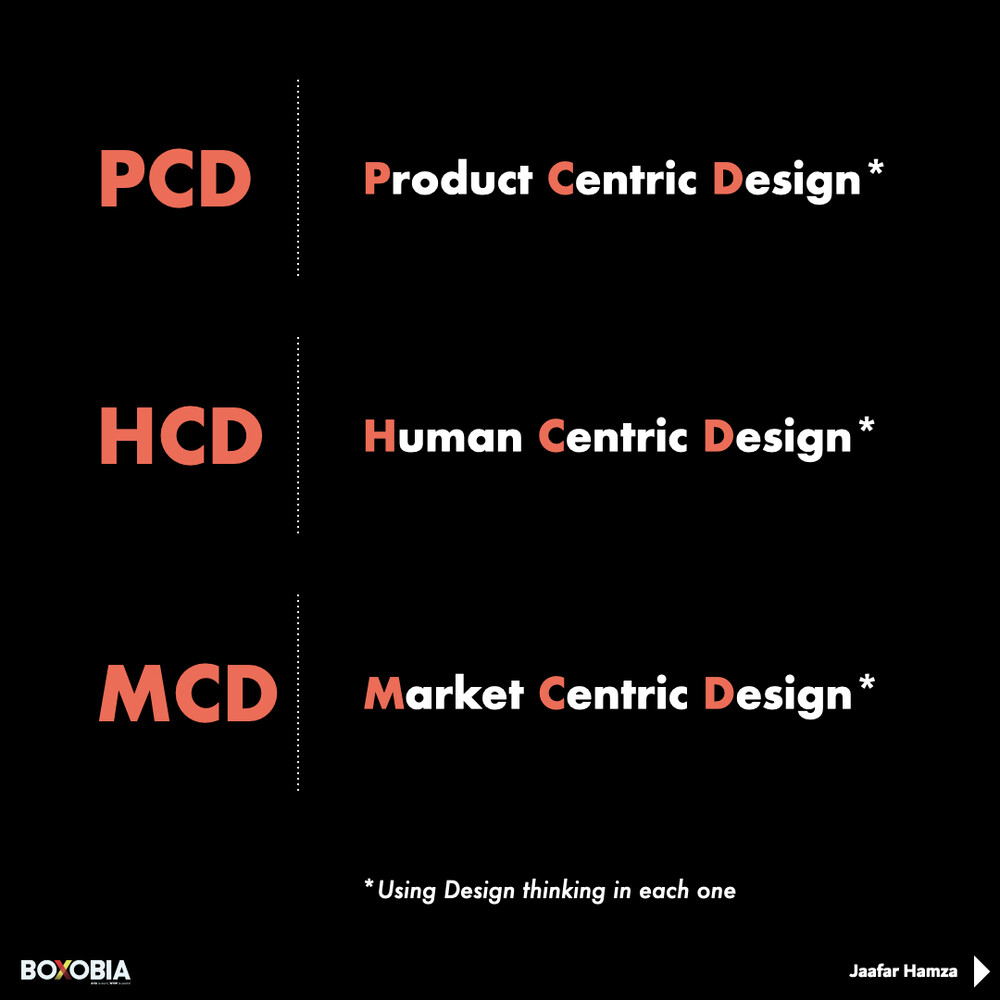
1. Product-Centric Design (PCD):
PCD emphasizes developing products or services with a clear Unique Selling Proposition (USP) to differentiate them from competitors.
PCD drives innovation by focusing on creating value-added features and benefits that resonate with target customers.

2. Human-Centric Design (HCD):
HCD prioritizes the needs and preferences of both internal stakeholders (employees) and external stakeholders (customers).
Internally, HCD fosters a supportive work environment conducive to creativity, collaboration, and employee satisfaction.
Externally, HCD aims to deliver exceptional customer experiences by understanding and addressing customer pain points and aspirations.
For internal customers, who are the employees of the organization, the focus lies on two main points:
2.1 Employee Engagement: This involves cultivating a work environment where employees feel valued, motivated, and committed to their work and the organization's goals.
2.2 Employee Development: This includes providing opportunities for training, skill development, career advancement, and personal growth to empower employees to effectively perform their roles and reach their full potential.
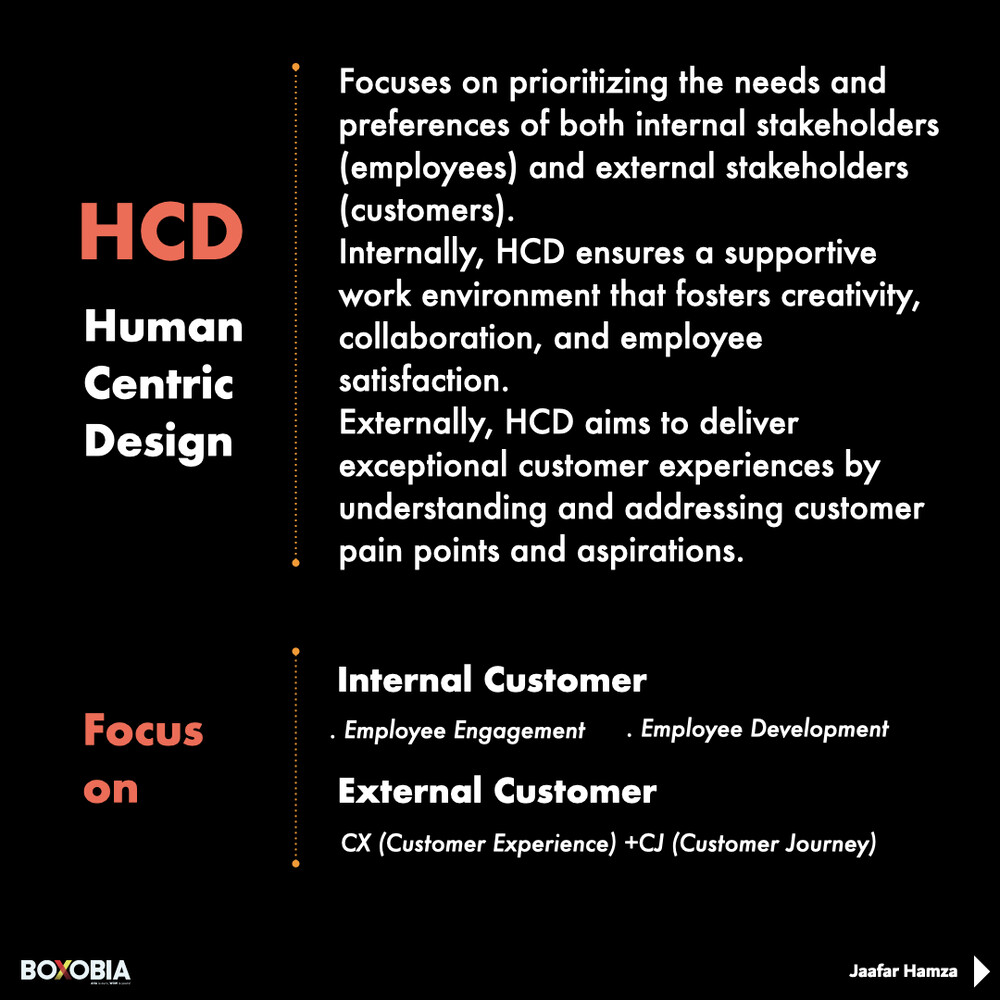
3. Market-Centric Design (MCD):
MCD encompasses marketing strategies and activities aimed at understanding and effectively engaging with the target market.
It involves comprehensive market research, segmentation, targeting, and positioning to identify and capitalize on market opportunities.
The goal of MCD is to create awareness of the brand and its offerings, drive adoption among target customers, and foster advocacy to build brand loyalty and advocacy.
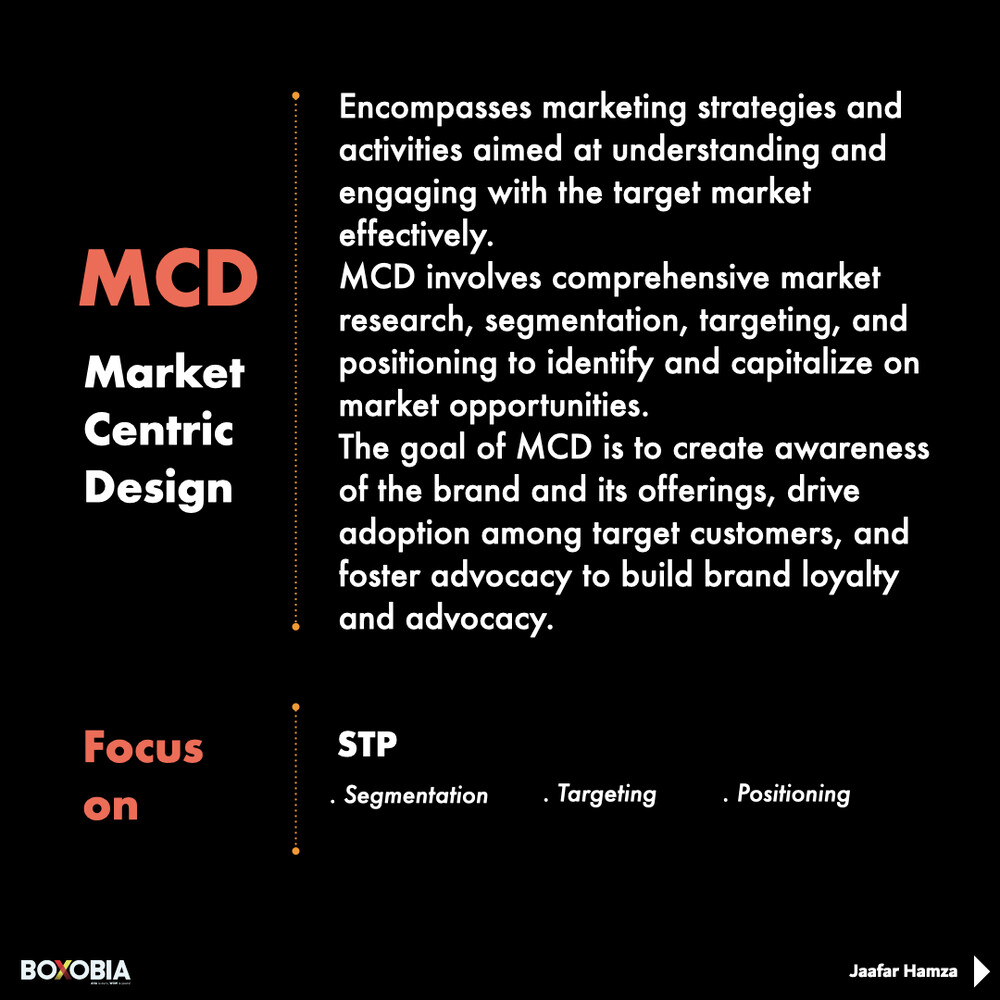
By integrating HCD, PCD, and MCD, businesses can achieve the 3A's:
A1. Awareness: By aligning products and marketing strategies with customer needs and market trends, businesses can raise awareness of their brand and offerings among target audiences.
A2. Adoption: Through product innovation, effective marketing campaigns, and exceptional customer experiences, businesses can encourage the adoption of their products or services by target customers.
A3. Advocacy: By consistently delivering value, engaging with customers, and fostering positive relationships, businesses can turn satisfied customers into loyal advocates who promote the brand and its offerings to others.
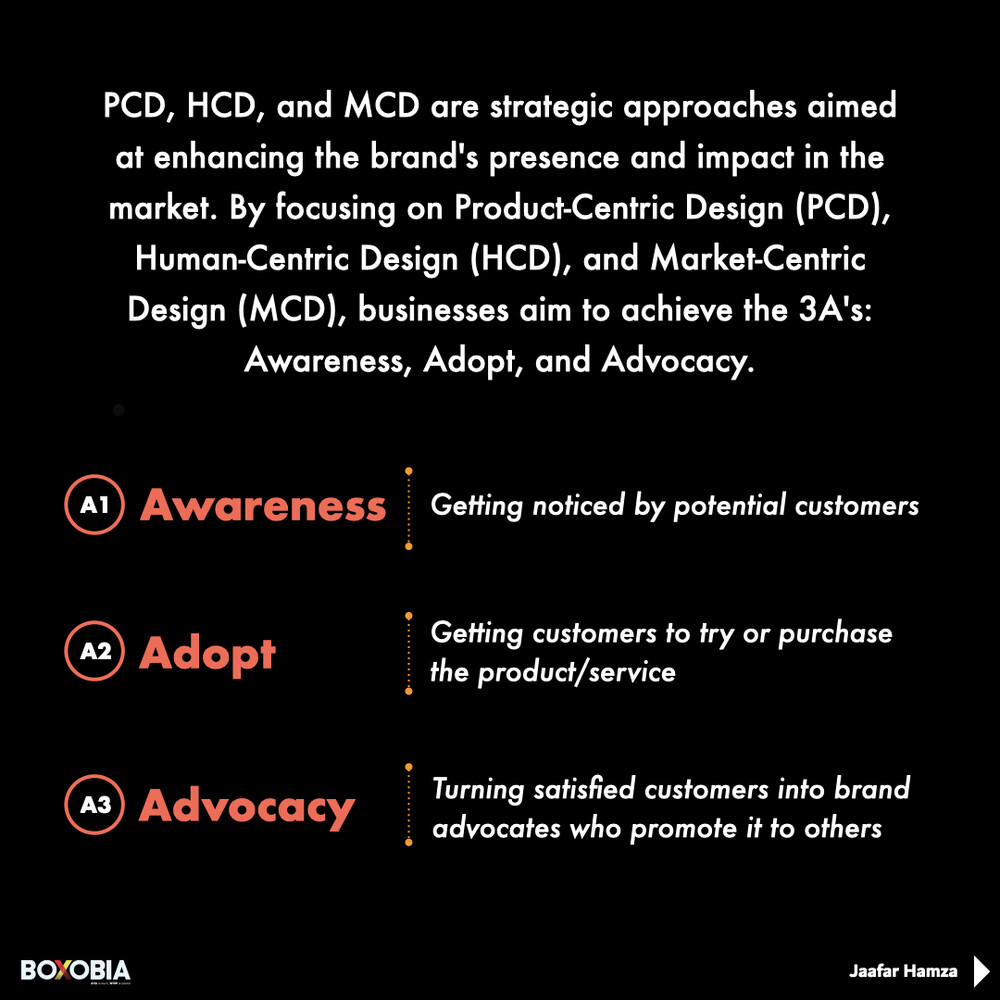
In summary, the trilogy of HCD, PCD, and MCD, combined with the goal of creating Awareness, Adoption, and Advocacy, provides a comprehensive framework for businesses to thrive in today's competitive market landscape. By focusing on customer-centricity, innovation, and effective marketing, businesses can enhance brand visibility, drive customer engagement, and build long-term loyalty and advocacy.
To ensure all processes are structured and aligned with brand objectives, the ASEES methodology can be employed:
1. Auditing and Assessment: Evaluate all touchpoints, both internal and external, to ensure the brand leverages its full potential.
2. Strategy: Develop a roadmap based on the findings of the auditing and assessment process, outlining the organization's strategic direction.
3. Execution: Implement the strategy, paying close attention to detail and ensuring alignment with the overarching goals.
4. Evaluation: Continuously assess performance and make necessary adjustments to ensure alignment with the strategy.
5. Sustainability: Focus on both horizontal expansion and vertical innovation and uniqueness in products and services to ensure long-term brand sustainability.

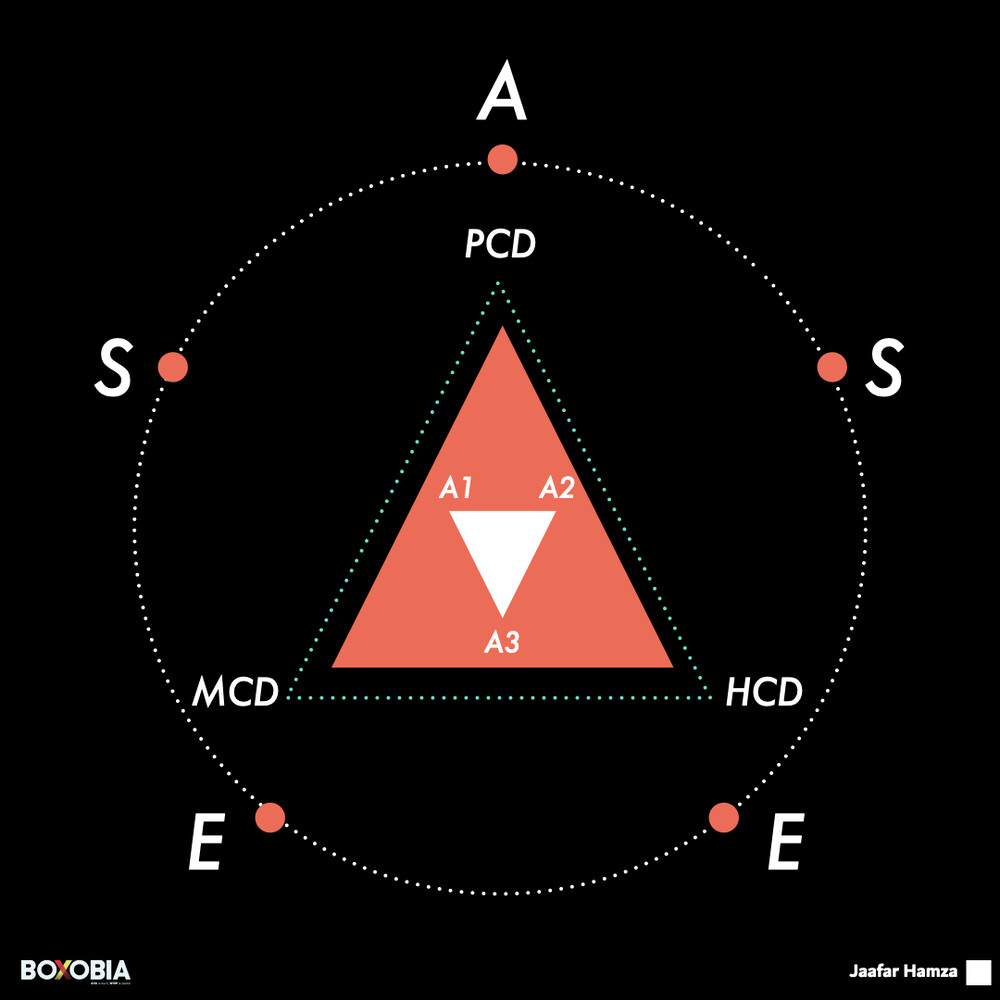
In conclusion, the integration of Human-Centric Design (HCD), Product-Centric Design (PCD), and Market-Centric Design (MCD) offers businesses a powerful framework for achieving a distinctive presence in today's competitive market.
By prioritizing the needs of both internal and external stakeholders, fostering innovation, and aligning marketing strategies with market insights, businesses can enhance brand visibility, drive customer engagement, and build lasting loyalty and advocacy. Through the application of the ASEES methodology, organizations can ensure that their brand strategies are structured, aligned, and sustainable, paving the way for continued success in the dynamic business landscape.
مع إذاعة الشباب في عُمان، كيف نصنع هوية مستدامة؟
مرسلة بواسطة hardthinker الجمعة، ١٥ سبتمبر ٢٠٢٣ في ٢:٤٢ ص



